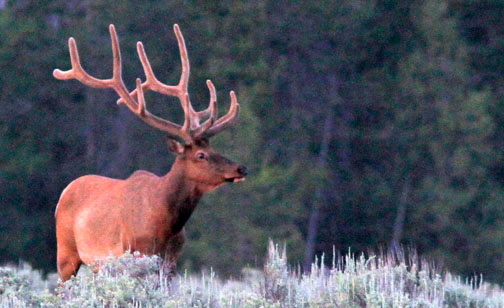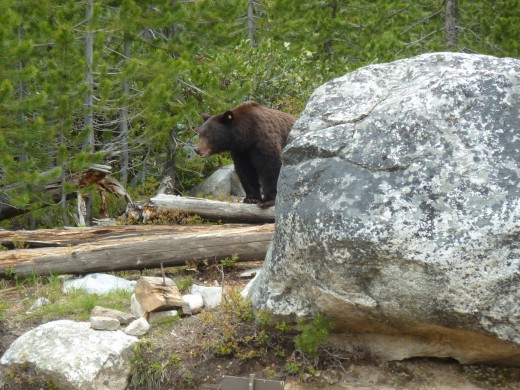“Where can we take our 4-year-old hiking that’s safe?” a young father asked me at a visitor center where Chuck and I were volunteering in Wyoming.
After thinking a bit, I recommended a trail that popped into my mind.
“But are there a lot of people on that trail?” he asked. “We’d want to be around a lot of other hikers to be sure we’re safe.”
[twocol_one] [/twocol_one] [twocol_one_last]
[/twocol_one] [twocol_one_last] [/twocol_one_last]
[/twocol_one_last]
No Guarantees
“Well,” I said, “there’s no guarantee how many people will be on any one trail, especially this early in the season.” Then I recommended another trail, one of the most popular and populous areas in the region.
“But do we have a chance of encountering animals on that trail?”
[twocol_one] [/twocol_one] [twocol_one_last]
[/twocol_one] [twocol_one_last]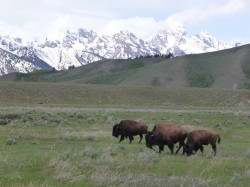 [/twocol_one_last]
[/twocol_one_last]
“Oh, sure,” I said, thinking he wanted to expose his youngster to local wildlife.
But the father drew back. “We don’t want to risk becoming involved with wild animals!”
I glanced over at his young son who was in the process of dismantling the gift shop nearby. Earlier, I had witnessed the boy running up and down the ramp and climbing on the handrails. If this father were truly concerned for his son’s safety, I felt, he would be well off monitoring him more carefully.
“Isn’t there some place that’s safe where we can take a short hike?” he asked again.
I pointed to one trail on the map. “If you just walk a half mile on this trail, it’s fairly flat, very popular, and usually free of wildlife.” I described how the trail eventually climbed before crossing a cascade of water flowing under a small bridge.
“Are there handrails on the bridge?” he asked.
“No. You’ll have to hold onto your son’s hand to be sure he gets across safely.”
“Why don’t they put handrails on a bridge like that?” he demanded. “You’d think it wouldn’t be safe without them.”
His son disappeared from view, his stomping feet betraying his location as he ran up a ramp.
“Sir,” I said, “if you’re so worried about his safety in the outdoors, maybe you should consider forgetting the hike.”
Teach Respect, Not Fear
Fear must be taught, and this father was well on his way to instilling it in his child. While I commended his efforts to introduce his young son to the outdoors, I felt he might do more damage than good with his trepidation. He would be wiser, I thought, to teach his son to be observant and appreciative of wildlife and nature.
[twocol_one]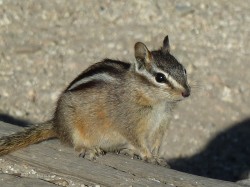 [/twocol_one] [twocol_one_last]
[/twocol_one] [twocol_one_last]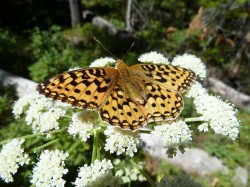 [/twocol_one_last]
[/twocol_one_last]
When children ask us what to do if they encounter a rattlesnake, we tell them to stop, locate the snake visually, back up a bit, and watch to see what it does. The same would be true for most wildlife. If we don’t bother them, they generally won’t bother us, as long as we respect their space and announce our presence.
This conversation with the father brought to my mind an incident years ago when our son, then age 10, suffered a broken finger when a tree branch fell on his hand as he sat fishing on the bank of a creek. Life is full of dangers, I wanted to tell this father. Better than teaching your son to fear nature, perhaps you might teach him to respect nature.
Final Decision
“There must be some place safe we can hike,” the father persisted.
I then recommended a short, flat trail from a visitor center to a conservation destination. Satisfied, the man sought out his wife and son and departed.
“Where did you send them?” a co-worker asked me. When I told her, she raised an eyebrow. “That’s where the grizzlies were spotted last year!”


